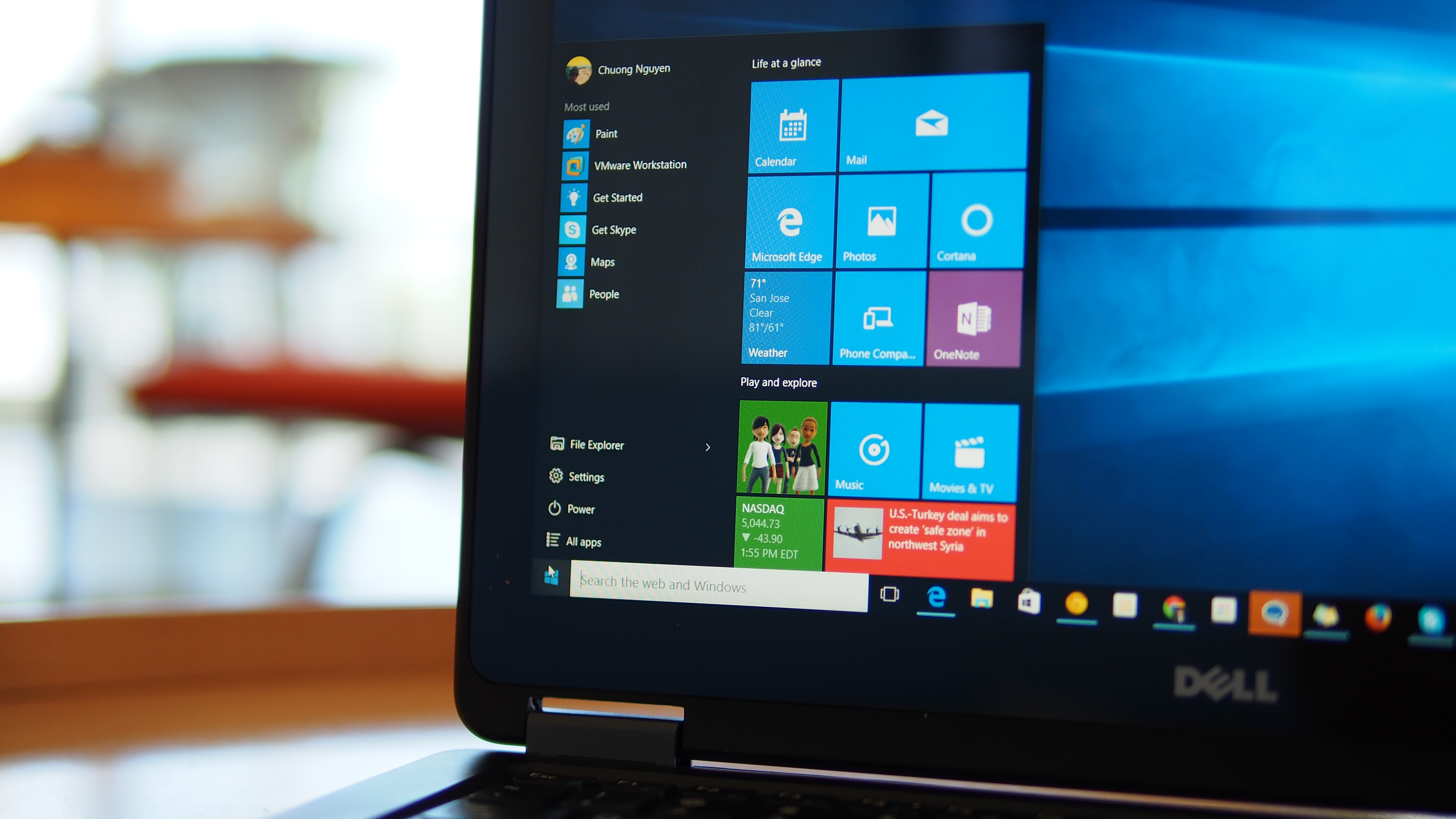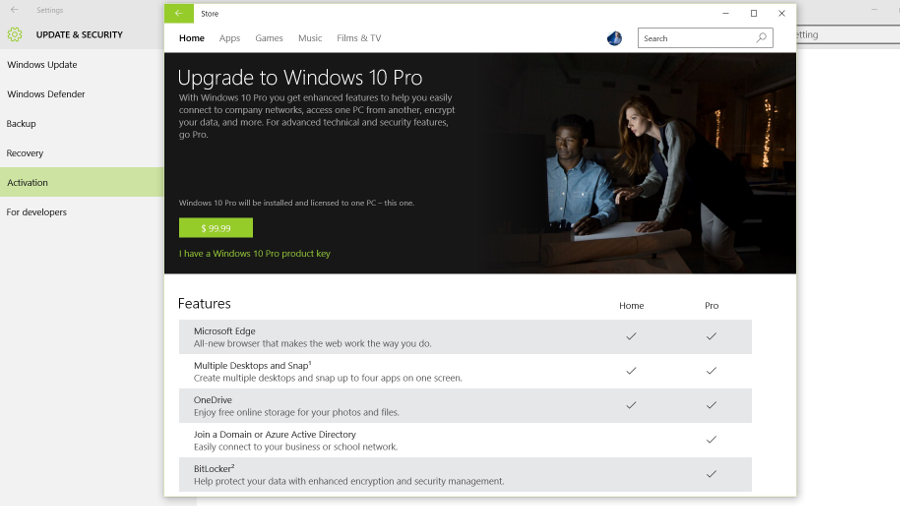What's the real story behind Windows 10 racking up 200 million installs?
Redmond has achieved success by changing consumer habits

Five months. That's all it took for Microsoft to sell 200 million copies of Windows 10. It is easily the fastest selling operating system the company has ever released, and possibly the best. However, as several industry experts told techradar, while the number is a positive indicator of success, it's still important to understand the breakdown of those 200 million devices.
For starters, it may be too easy to see the Windows 10 launch as a raging success and push through adoption and deployment faster than necessary. The truth is, Microsoft achieved that number as a result of changing consumer habits, not fanatical business interest.
Consumer adoption
Roger Kay, a consumer analyst with Endpoint Technologies, makes a great point about the 200 million number. Consumers seem to have lost their "fear of the unknown" and are now much more likely to purchase, use, and adopt new devices and new operating systems. He says they will put up with apps not working, crashes and bugs, and even outright failures if they feel they can ultimately benefit from something new, shiny, trendy, and cool.
That's not exactly a good measuring rod for the enterprise. Interestingly, Kay says that in business, the OS should be more like the plumbing. A plethora of features and advancements are not as important as having an operating system that's stable and stays out of the way.
"Microsoft has the commercial segment to lose," says Kay. "Windows is still the main environment for the vast majority of businesses. Despite inroads, Apple hasn't made that much progress, particularly in larger organisations, which are very price sensitive. CIOs may even like Apple better personally, but will only pay for Microsoft."
The X Factor
As IDC analyst Steve Kleynhans explained to us, the biggest reason that rollout number is so high is due to the Xbox One, which accounts for at least 20 million installs. Unofficially, he said he's heard that leaves about 180 million computers that are now running Windows 10, which is still incredibly high and means that, in just five short months, Windows 10 has become the fastest selling OS ever released.
However, it's a good reminder about the story behind these numbers. Xbox One users tend to agree to updates as a way to improve the experience. (You could argue that the new Windows 10 interface on an Xbox One is more confusing than the previous version). It's also free, and has nothing to do with enterprise computing purchasing cycles.
Are you a pro? Subscribe to our newsletter
Sign up to the TechRadar Pro newsletter to get all the top news, opinion, features and guidance your business needs to succeed!
Furthermore, it's also a reminder that, according to Kleynhans, a vast number of the installs for the remaining 180 million computers were on consumer devices, not in the enterprise.
"Enterprise-based Windows 10 rollouts haven't really started and won't really get going for another six months at least," says Kleynhans. "Companies just take a lot more time to plan and test – and cost justify – any significant project. Today we see a lot of piloting across the majority of companies, and the feedback is typically positive."

Slow enterprise launch?
It's easy to forget that the initial rollout of Windows 10 was not exactly smooth.
Kleynhans mentioned several negatives at launch – users were initially concerned about privacy and how the operating system tracks online usage patterns and can even display relative ads in games. The end-user license agreement also came under fire for being a bit too aggressive. Most of these concerns proved to be unfounded, however. The uproar died out quickly when Microsoft clarified some of the "features" and addressed privacy concerns.
Charles King, an analyst with PUND-IT, told techradar that business installs are only about 20 million units, as mentioned in a Microsoft blog post. That's mostly due to the long rollout cycles for the enterprise, which King estimates at about 12-18 months.
However, the enterprise might start moving quickly. King says that Microsoft insists there are as many as 600 million aging computers in the world that are four-years-old or more. That's a springboard already, and combined with the consumer upticks, it could boost sales even more and lead to wider enterprise adoption, especially for those older systems.
John Brandon has covered gadgets and cars for the past 12 years having published over 12,000 articles and tested nearly 8,000 products. He's nothing if not prolific. Before starting his writing career, he led an Information Design practice at a large consumer electronics retailer in the US. His hobbies include deep sea exploration, complaining about the weather, and engineering a vast multiverse conspiracy.
